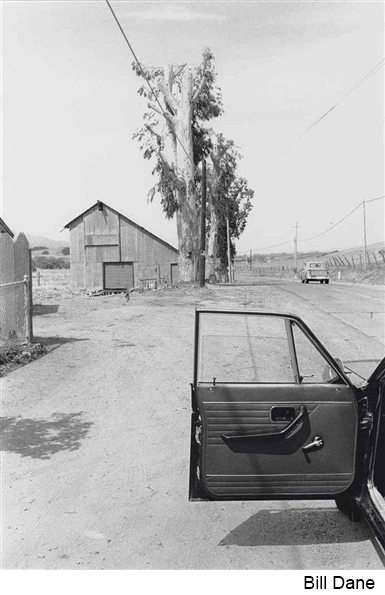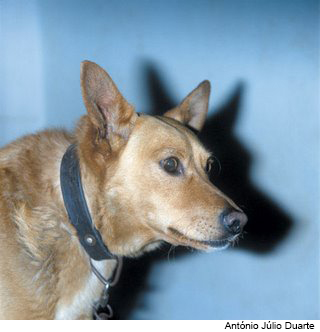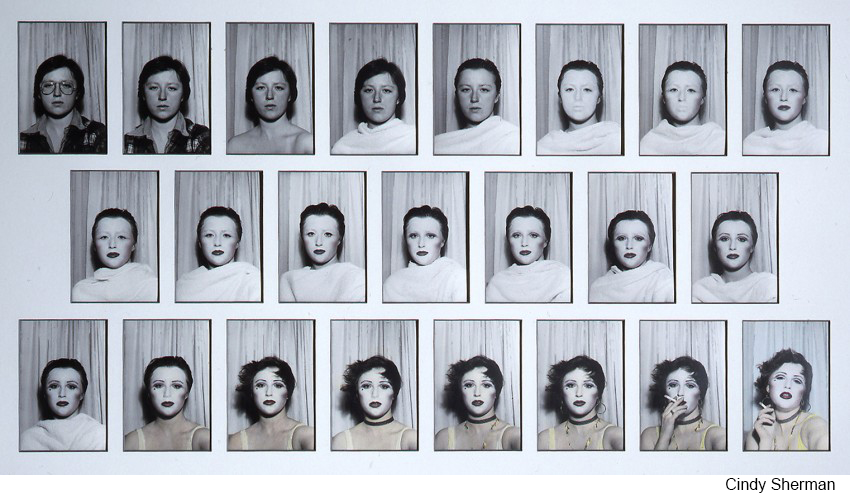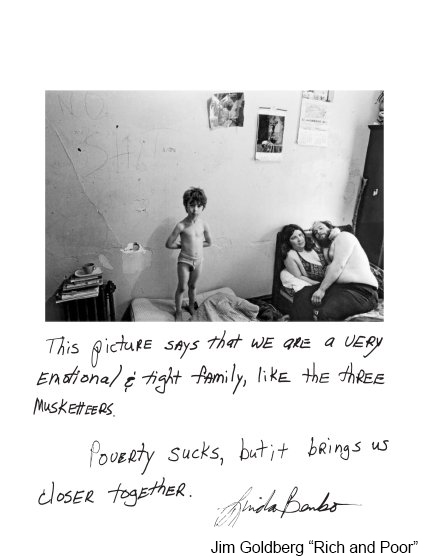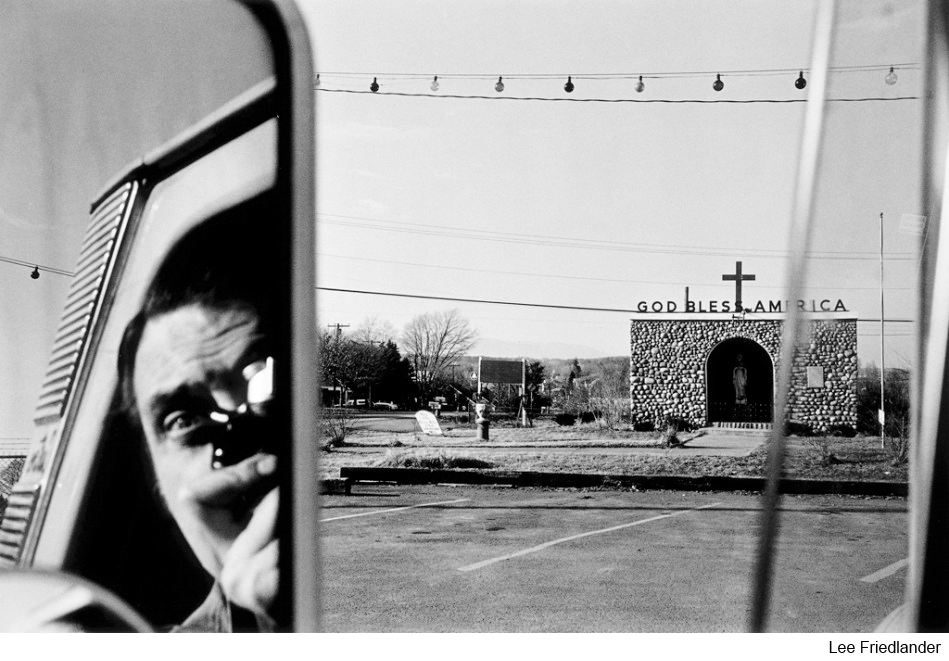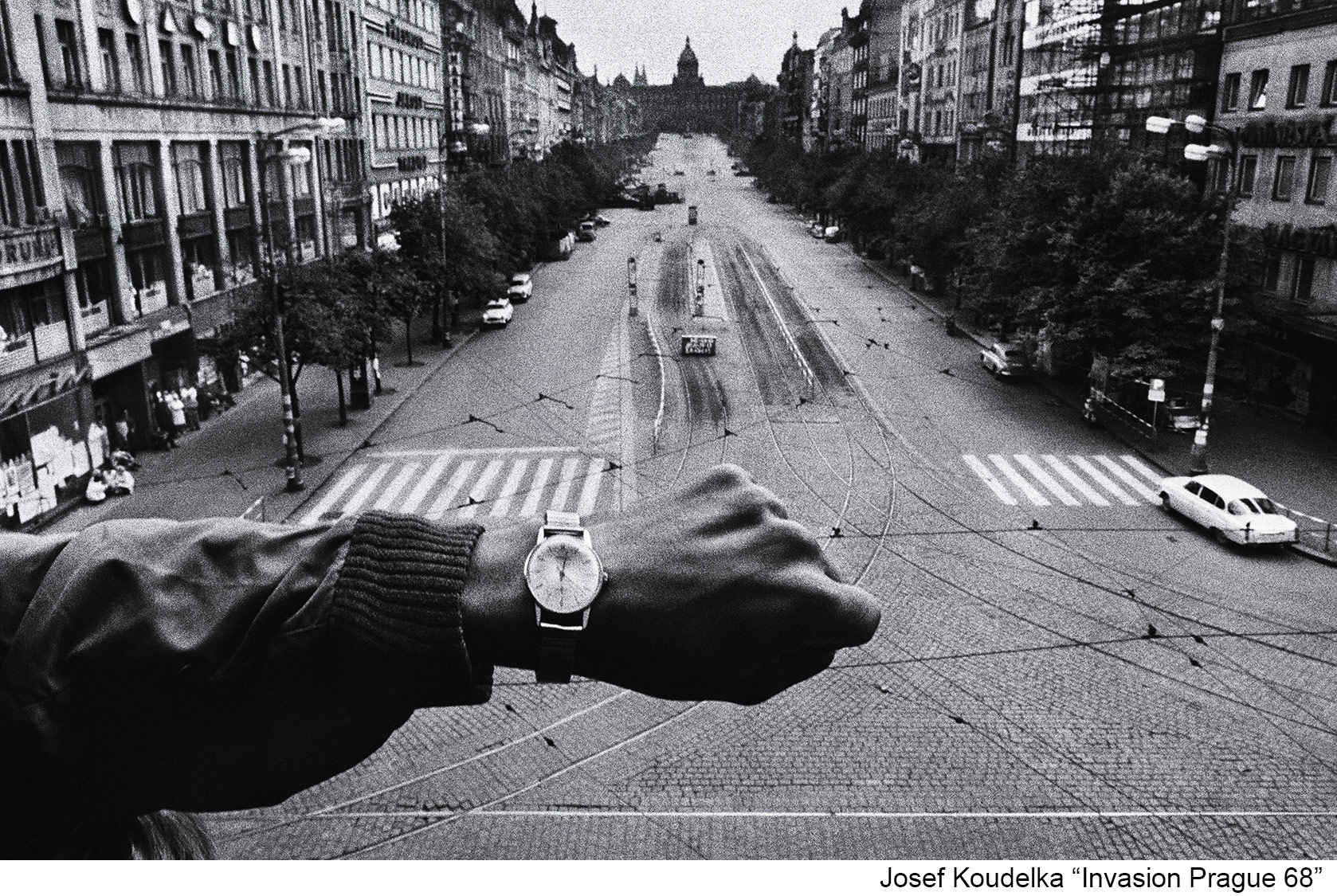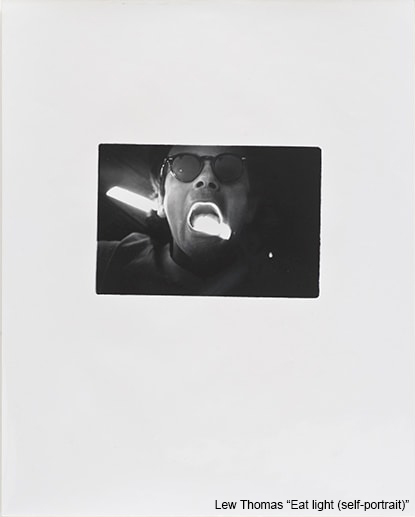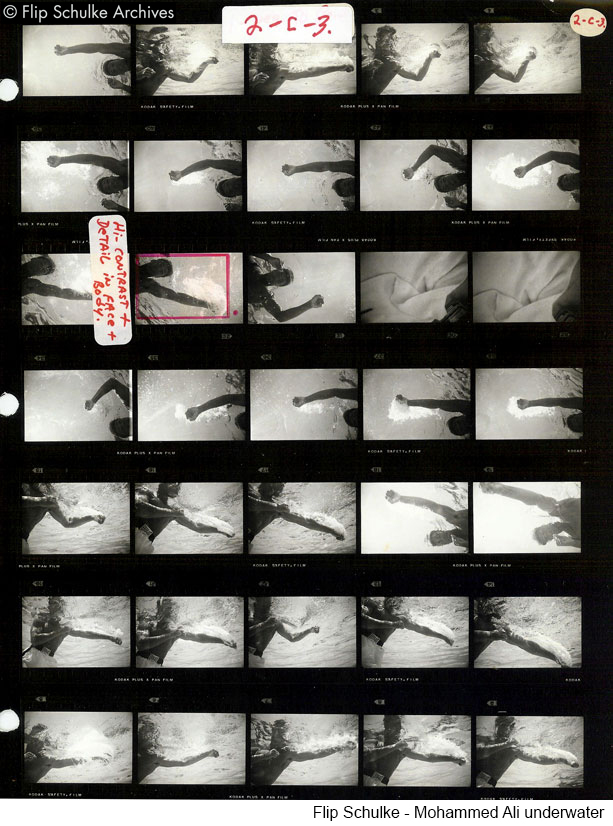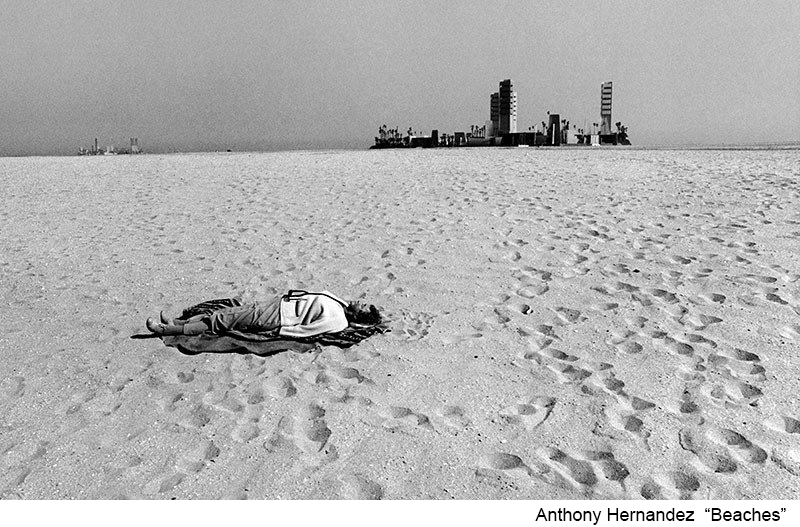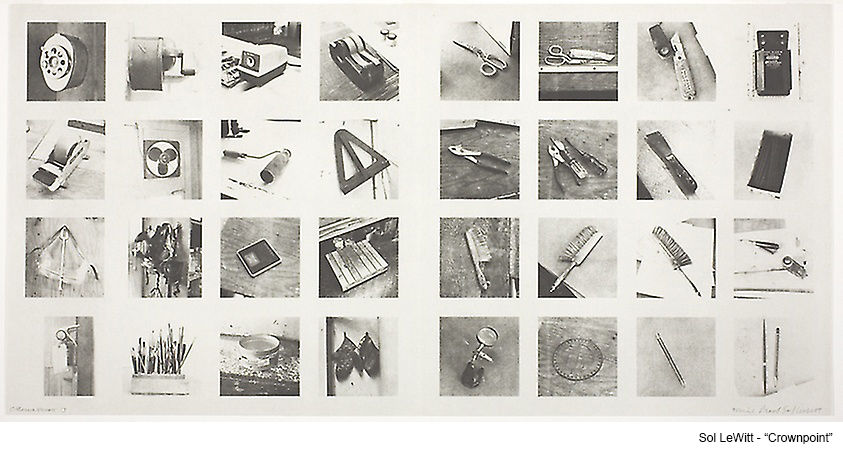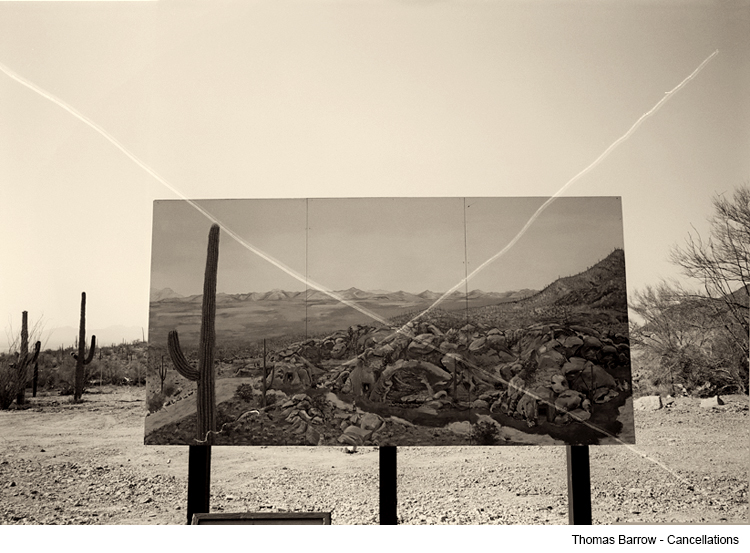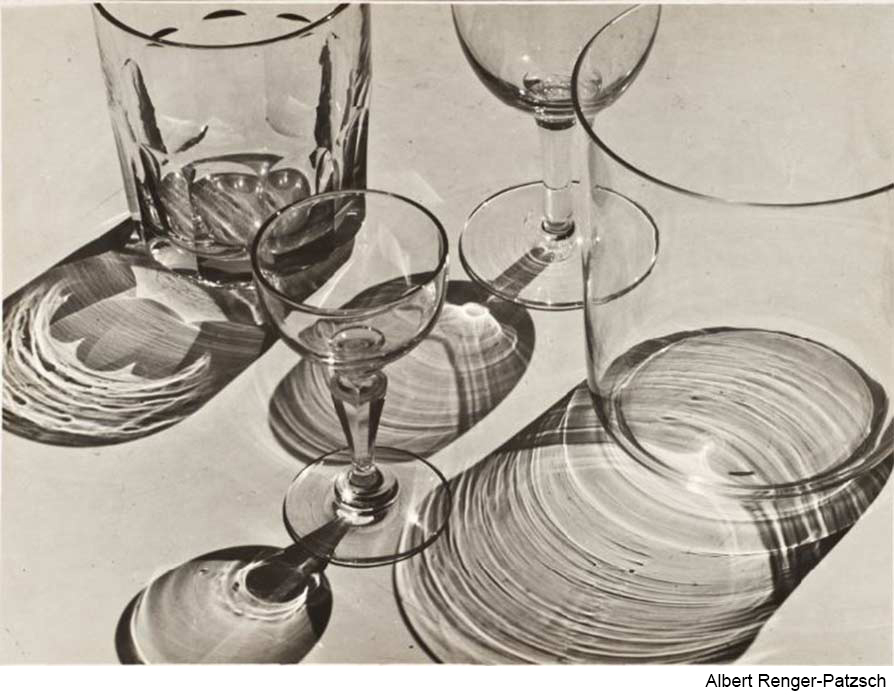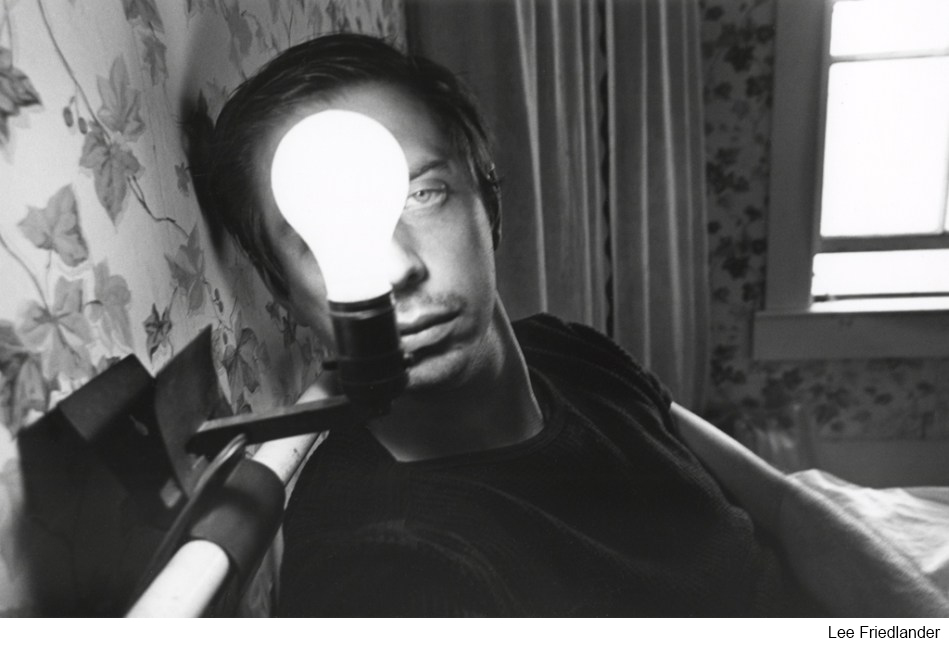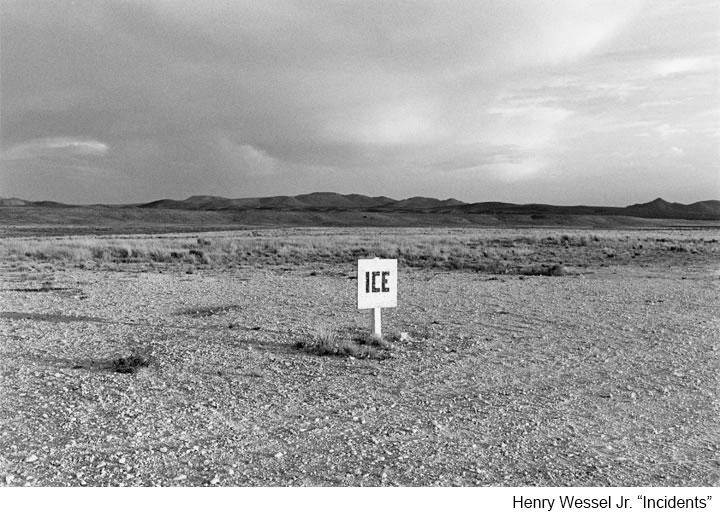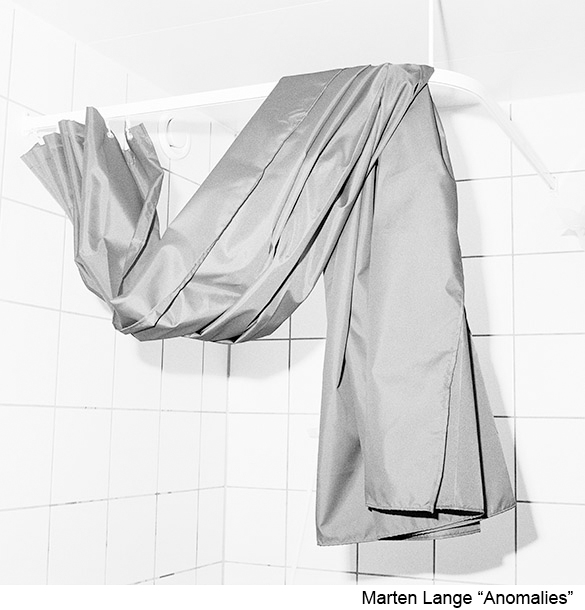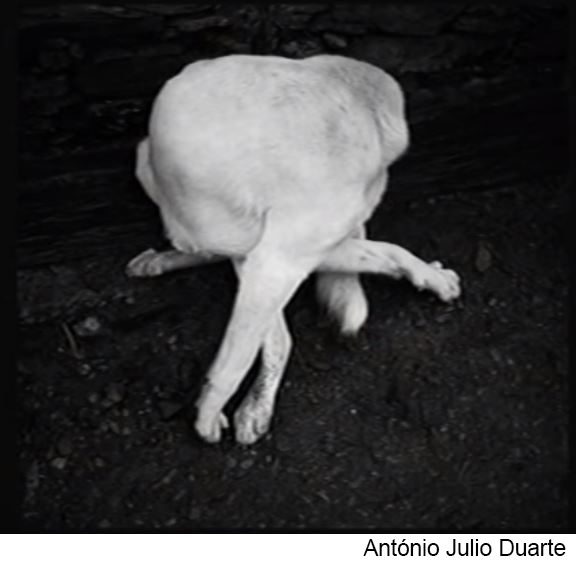EM CONSTRUÇÃO! // UNDER CONSTRUCTION!
“Thinking Photography” is the title of a collection of essays compiled by Victor Burgin.
This page functions as an information dumpster.
It contains images, quotes and excerpts of ‘randomly’ selected authors and artists that we feel contributed towards photographic theory and practice.
This page functions as an information dumpster.
It contains images, quotes and excerpts of ‘randomly’ selected authors and artists that we feel contributed towards photographic theory and practice.
 Erik Kessel’s 24HRS IN PHOTOS
Erik Kessel’s 24HRS IN PHOTOS“(...) The young painter in Albert Camus short story “Jonas ou L’artiste au travail” (The Artist at Work, 1957) escapes from a brilliant career in Parision society to the isolation of his studio. Finally, in a state of total exhaustion, he leaves behind a white canvas, at its center a single word in tiny letters - or, to be more precise, two words, as it is impossible to tell wether it reads solitaire or solidaire. This avoidancce of ostentatious painterly virtuosity in favor of a stripped-back approach to the canvas and a focus on the written word (aswell as the ambiguity of that writing) points to an altered understanding of the goals of artistic work, even if Camus still associates it with great physical and mental effort.(...)” Tom Holert text on Klaus Scherubel’s work “Untitled (Artist at Work) - Modelling Artistic Labour
“Firms with flawed ideas and rigid strategies and weak managements ultimately fall victim to the creative destruction that is the hallmark of competitive capitalism, only to be succeeded by other firms”
John C. Bogle
“(...) a reason the theory of photography was slow to emerge - behind, for example, theories of painting, or film theory - is that ‘whereas paintings and films readily present themselves as objects, photographs are received rather as an environment.” Victor Burgin

Donna-Lee Phillips, December 3, 1977, from Fragments from a Visual Journal, 1977
“TIPS FOR ARTISTS THAT WANT TO SELL:
- Generally speaking, paintings with light colors sell more quickly than paintings with dark colors.
- Subjects that sell well: Madonna and the child, landscapes, flower paintings, still lifes (free of morbid crops --- dead birds, etc.), nudes, marine pictures, abstracts and surrealism.
- Subject matter is important: it has been said that paintings with cows and hens in them collect dust --- while the same paintings with bulls and roosters sell.” John Baldessari
![]() Every frame of Chris Marker’s “La Jetée”
Every frame of Chris Marker’s “La Jetée”
The Century of the Self (full documentary) by Adam Curtis
The Open Work by Umberto Eco
![]() Hal Fisher’s “Gay Semiotics”
Hal Fisher’s “Gay Semiotics”
Michael Snow - From Cover to Cover (1975)
- Generally speaking, paintings with light colors sell more quickly than paintings with dark colors.
- Subjects that sell well: Madonna and the child, landscapes, flower paintings, still lifes (free of morbid crops --- dead birds, etc.), nudes, marine pictures, abstracts and surrealism.
- Subject matter is important: it has been said that paintings with cows and hens in them collect dust --- while the same paintings with bulls and roosters sell.” John Baldessari
 Every frame of Chris Marker’s “La Jetée”
Every frame of Chris Marker’s “La Jetée”The Century of the Self (full documentary) by Adam Curtis
The Open Work by Umberto Eco
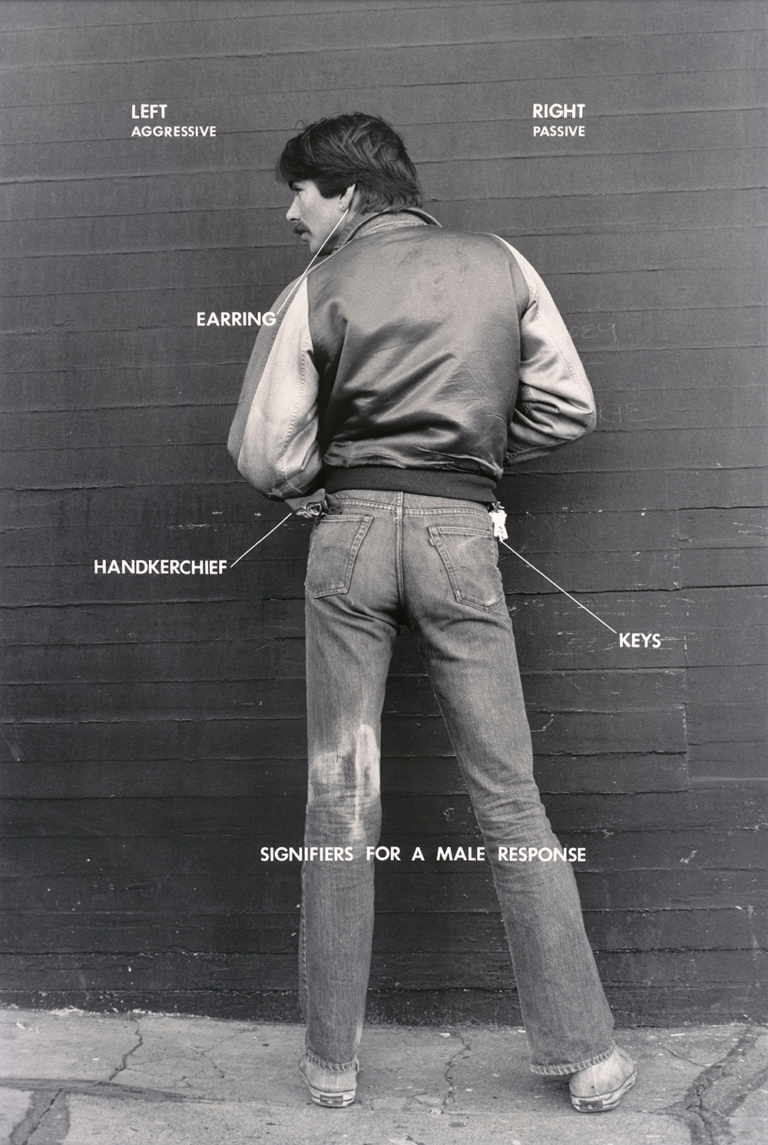 Hal Fisher’s “Gay Semiotics”
Hal Fisher’s “Gay Semiotics”Michael Snow - From Cover to Cover (1975)
 The BANK FAX-BAK Service
The BANK FAX-BAK Service“(...) and objectivity doesn’t mean that the truth has been found, far from it. It means that the object represented is allowed to speak for itself.” Hilla Becher in the Becher’s “Contacts” episode
“Pessimism of the intelect in respect to human nature need not dampen the optimism of the will.” Victor Burgin

Martha Rosler reads Vogue (1982)
Michel Foucault’s interview (on power and moral values)








